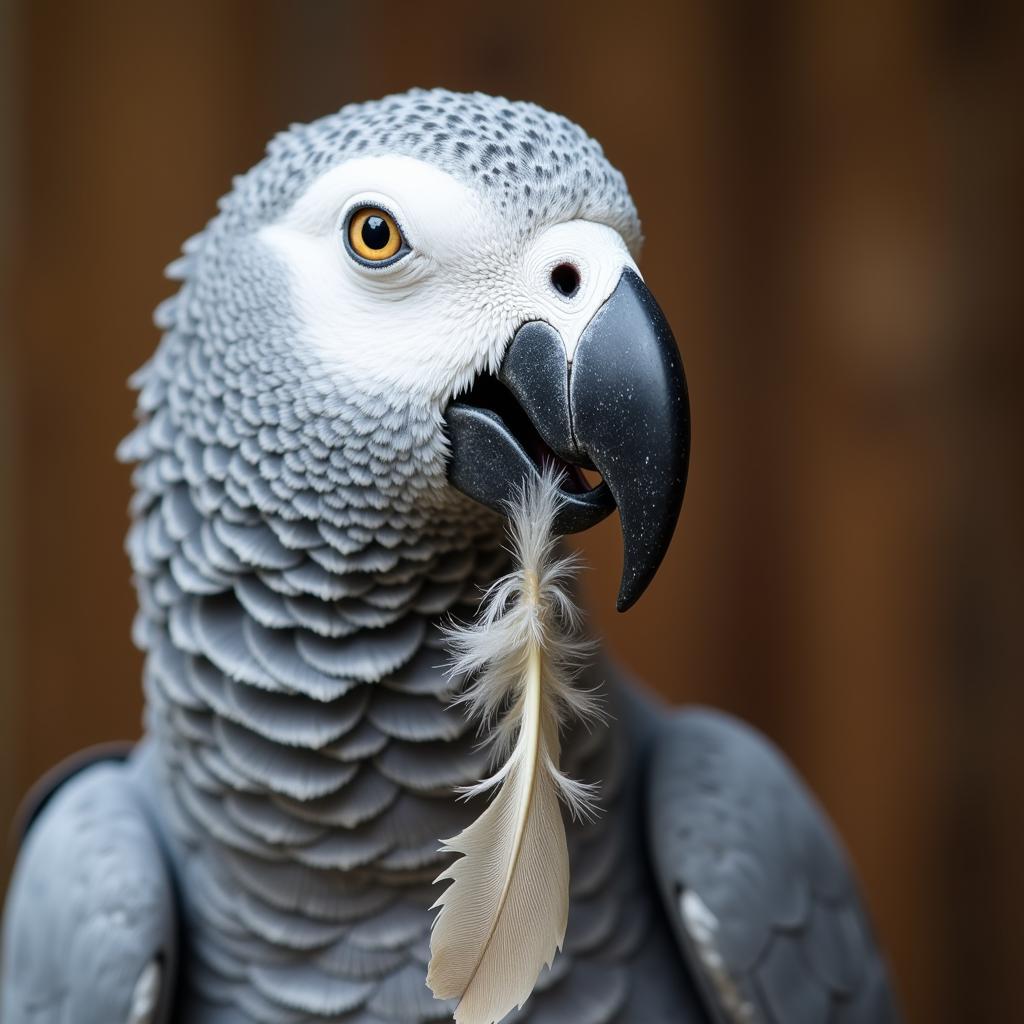African Civet Cat Attacks Human: Understanding the Risks and Promoting Coexistence
African civet cats are often shrouded in mystery, their nocturnal habits and elusive nature contributing to their enigmatic persona. While these small, mostly solitary mammals are generally shy and avoid human contact, recent years have seen an uptick in reported incidents of African civet cat attacks on humans. This phenomenon, though rare, warrants a closer look to understand the factors driving such behavior and explore ways to promote peaceful coexistence.
Unraveling the Reasons Behind Civet Cat Aggression
It’s crucial to remember that African civet cats, like most wild animals, are driven by instinct and survival. Attacks on humans are not inherently malicious but rather reactions to perceived threats or unusual circumstances.
Several factors can trigger aggressive behavior in African civet cats, including:
- Habitat encroachment: As human populations expand and encroach upon natural habitats, interactions between civet cats and humans become more frequent, increasing the likelihood of conflict.
- Food availability: Dwindling natural prey due to habitat loss or competition may force civet cats to scavenge for food in human settlements, bringing them into closer proximity to people and increasing the risk of encounters.
- Human behavior: Provoking a civet cat, intentionally or unintentionally, can lead to defensive aggression. This can include approaching too closely, cornering the animal, or attempting to touch or capture it.
- Rabies: Though less common, rabies infection can cause dramatic behavioral changes in civet cats, making them disoriented, aggressive, and more likely to attack without provocation.
Recognizing the Signs of a Threatened Civet Cat
Understanding the body language of an African civet cat can be crucial in avoiding a potential attack. A threatened or agitated civet cat may exhibit the following signs:
- Raised hackles: The hair on its back may stand on end, making the animal appear larger and more intimidating.
- Arched back: This posture is often accompanied by hissing or growling, signaling fear and a willingness to defend itself.
- Baring teeth: A clear warning sign, often accompanied by loud hissing or spitting.
- Tail thrashing: A rapid back-and-forth movement of the tail indicates agitation and a heightened state of alert.
If you encounter a civet cat displaying any of these behaviors, it’s essential to give it space and avoid making any sudden movements that could be perceived as a threat.
Preventing Civet Cat Attacks: Promoting Coexistence
While the risk of being attacked by an African civet cat is relatively low, it’s essential to prioritize safety and take proactive measures to minimize potential conflicts.
Here are some practical steps to promote peaceful coexistence:
- Secure your trash: Civet cats are attracted to food waste, so ensure your garbage bins are tightly sealed and stored in a secure location inaccessible to animals.
- Avoid leaving pet food outdoors: Just like with your trash, store pet food indoors to prevent attracting civet cats and other wildlife.
- Keep a safe distance: Never approach, corner, or attempt to touch a civet cat, especially if it appears injured or distressed.
- Educate yourself and others: Understanding civet cat behavior and the factors that contribute to aggression is crucial in promoting responsible interactions with these animals.
- Support conservation efforts: Protecting natural habitats and ensuring the availability of prey animals for civet cats can reduce the likelihood of them venturing into human settlements in search of food.
What to Do if You Are Attacked
In the unfortunate event of a civet cat attack, seeking immediate medical attention is paramount. Even seemingly minor bites or scratches can transmit diseases, including rabies.
Follow these steps:
- Wash the wound: Thoroughly clean the wound with soap and water to minimize the risk of infection.
- Seek medical help: Visit a doctor or a medical facility as soon as possible.
- Report the incident: Contact your local animal control or wildlife authorities to report the attack.
By understanding the factors that contribute to African civet cat attacks and adopting responsible practices, we can minimize the risk of conflicts and foster an environment where humans and these fascinating creatures can coexist peacefully.
